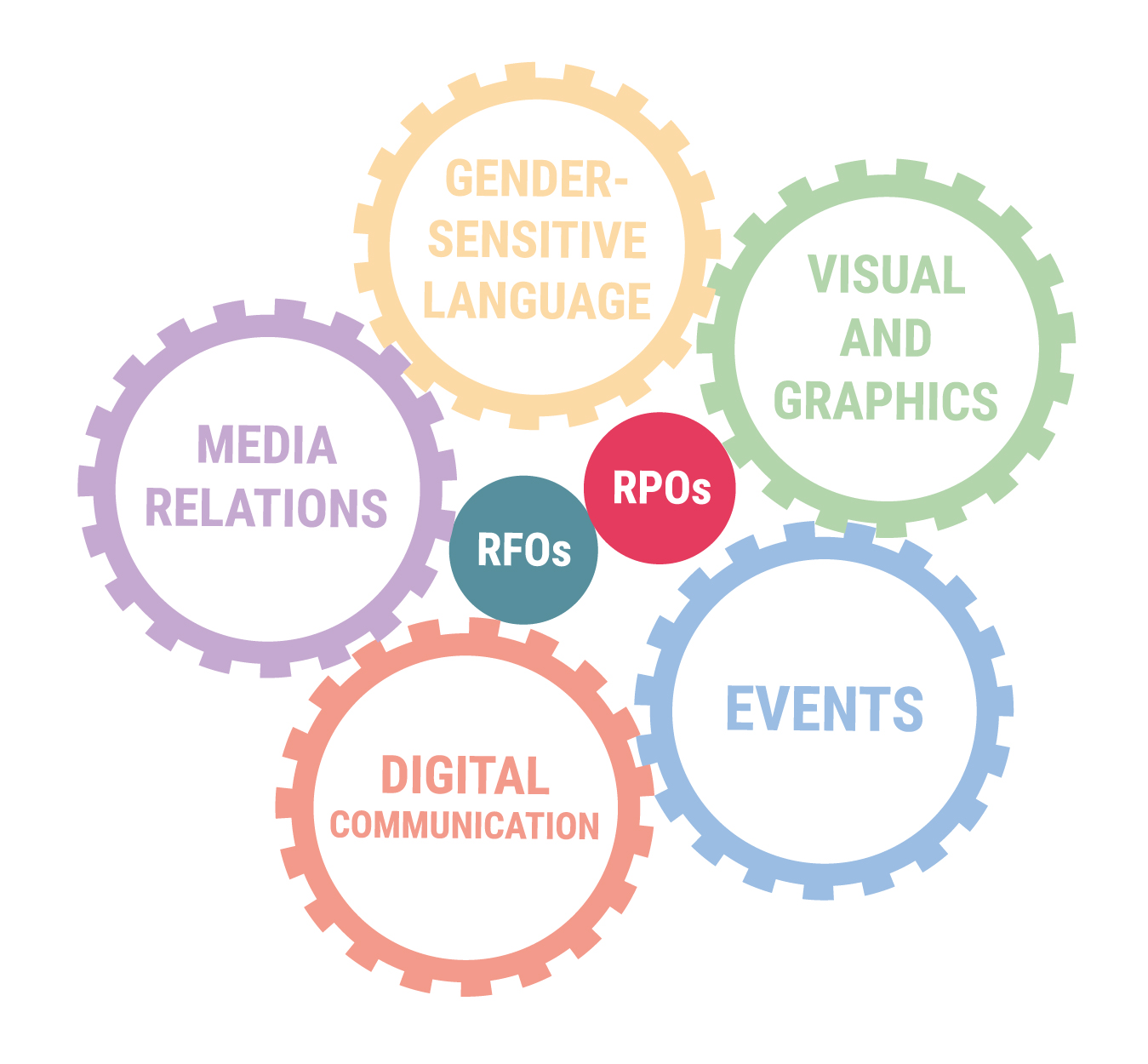By Paola Carboni, University of Cagliari
Great news! The SUPERA consortium has published the “Tailor-made guides for gender-sensitive communication in research and academia”. These guidelines have been developed with three main aims: raising awareness on the growing importance of communication and language in supporting the institutional change towards gender equality; increasing the awareness that gender biases and stereotypes affect communication on a daily basis and providing useful advice to support the adoption of a gender-sensitive approach in the communication of any academic institution.
These Guidelines are designed to be used by everyone in research performing and research funding organisations: while they are primarily tailored for the media specialists holding communication responsibilities, they will be useful as well for everyone involved in communication activities: administrative or technical staff, researchers, the student communities.
The concepts proposed are aligned with the framework of RRI – Responsible Research and Innovation, the H2020 “cross-cutting issue” that redefines the role of researchers in society and promotes an inclusive approach to research and innovation. More specifically, our theoretical approach is situated at the intersection among three domains: institutional communication, science communication and interpersonal communication. Each of them is relevant for the communication of a research institution and each of them can be gender-sensitive or – on the contrary – stereotyped and discriminating, even if not knowingly.
The work begins with the analysis of two main corpora: resources on gender-sensitive communication developed within the framework of the “sister” EU funded projects and guidelines on gender-sensitive communication already developed by international organizations and universities. On the one side, the sisters projects shared with us materials such as webinars, case studies, official agreements, developed in the last 10 years of EU-funded projects and covering different aspects of the communication field. On the other side, mapping the already existing guidelines has demonstrated that the need for guidance is high, among different kinds of institutions. The analysis has been hugely interesting and we have shared the complete list in the Appendix 2.
The SUPERA guidelines include also a glossary of the key terms of gender equality in research and academia, in order to allow any reader with no previous gender knowledge to access to a first set of information. Another chapter has been devoted to the analysis of the main resistances against gender-sensitive communication, that may be even very strong: everyone working in this field very soon becomes familiar with expressions such as: “Gender-sensitive communication is not a priority, you should focus on other things”!
The second part of the guidelines contains practical advice and opens with an overview of two main concepts to take into consideration when adopting a gender-sensitive communication perspective: gender stereotypes and visibility vs. omission. The majority of the mistakes regarding gender-sensitive communication could be reported to one of those two fields.

After that, the analysis developes under five main communication areas: gender-sensitive language, visual and graphics, events, digital communication and media relations. From the selection of words and images to the inclusive management of events; from the best policies to adopt in digital communication to a non-discriminatory management of the relations with the media: the SUPERA Guidelines tries to merge the advice of the most influential guidelines with our scientific knowledge and professional experience to provide the readers with a (hopefully) exhaustive set of advice.
The SUPERA Tailor-made guides on gender-sensitive communication in research and academia have been developed by the University of Cagliari team, composed by Barbara Barbieri, Paola Carboni, Ester Cois, Alessandro Lovari, Erika Sois, while the illustrations are by Giorgia Cadeddu. The document is available in our Resources section at this link.
You are welcome to translate and disseminate the guides in your institutions, under the Creative Commons Attribution-ShareAlike 4.0 International license (CC BY-SA 4.0). A graphical template is also available as an Appendix.
Let us know what you think on Twitter or Instagram or at info@superaproject.eu!


